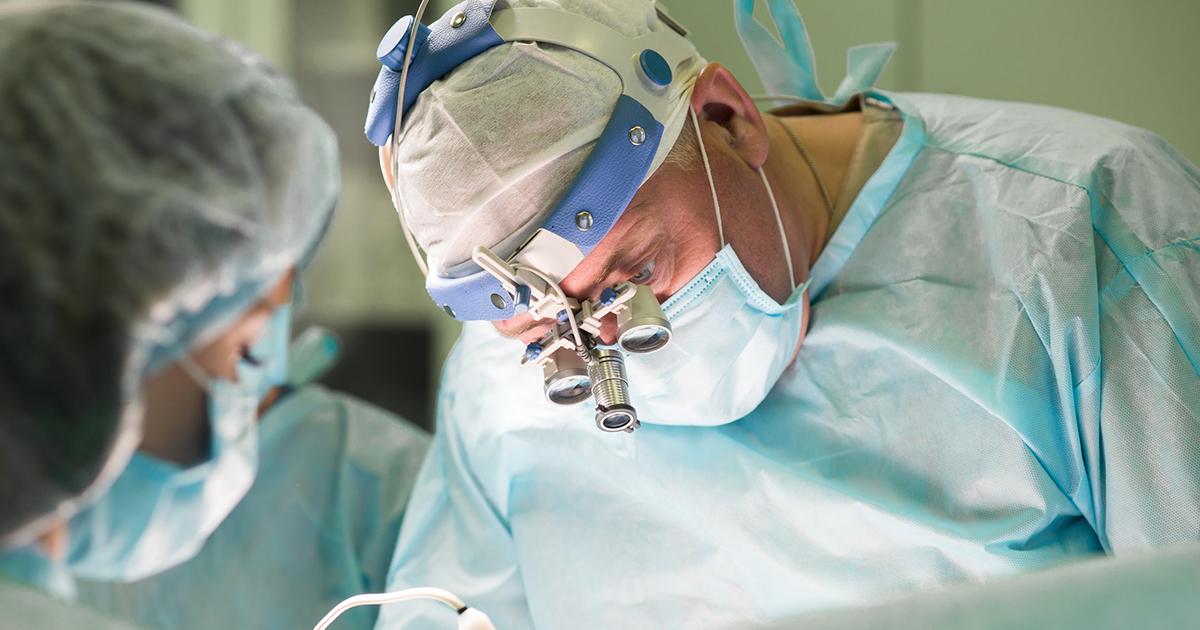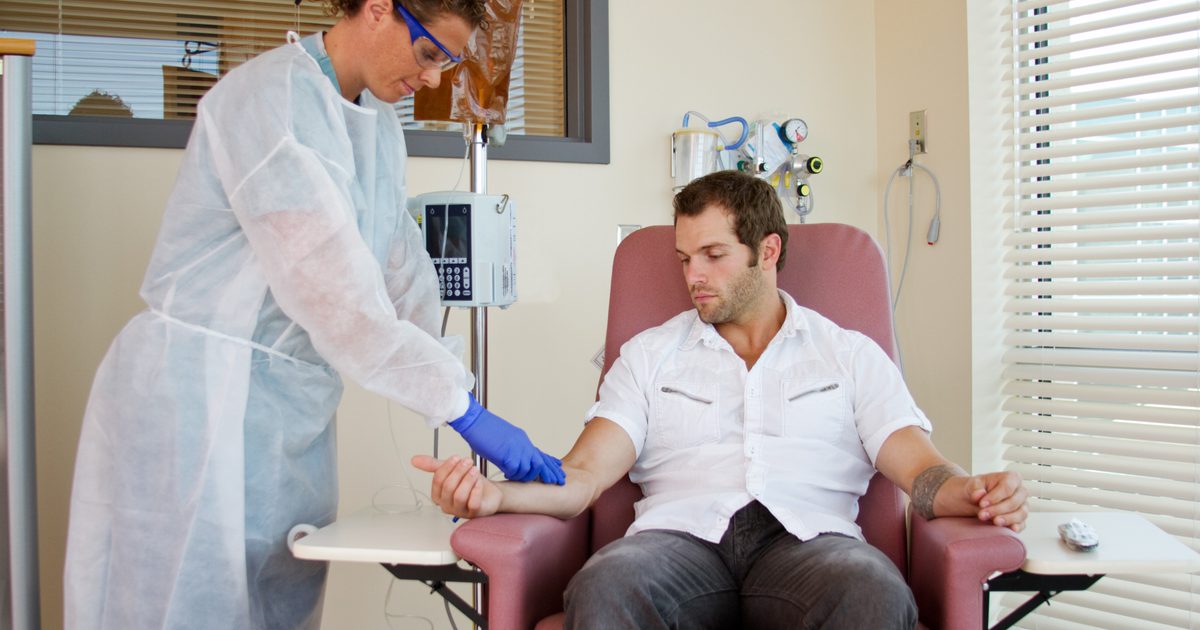Treatment Options For Glioblastoma
Tumor Removal

Surgeons focus on removing the whole tumor, but this is not always possible due to the surrounding brain tissue being possibly injured during removal. The normal brain tissue is often critical for neurological function, so if damage is done during surgery, it could negatively impact the patient’s ability to walk, speak, and perform other similar functions. Because of this, surgeons may debulk the tumor instead of attempting full tumor removal. This removes as much as possible without risking the normal tissue surrounding the tumor. Removing a portion of it could help improve quality of life, or in some cases, lengthen a patient’s life. Debulking the tumor can help to decrease intracranial pressure and remove the cells at the tumor’s center that may be resistant to chemotherapy and radiation treatments. To perform this surgery, the surgeon must first remove a portion of the skull to gain access to the tumor.
Chemotherapy

Chemotherapy is a common treatment, and it is often used with surgery and radiation for glioblastoma. For the first incidence of this cancer, patients may have chemotherapy put directly into the affected area of the brain. This is done via surgery, and the medicines are in the form of circular thin wafers. The medicines slowly release as the wafer dissolves, killing the cancer cells. Following surgery, temozolomide, an oral medication, might be considered. It is usually prescribed after the patient undergoes radiation, or during a radiation regimen. Patients will work with their doctors to determine which of these options may be helpful. If a patient has a glioblastoma that recurs, other medicines can be used. In most cases, with recurring glioblastoma, chemotherapy is administered intravenously and may be used with radiation.
